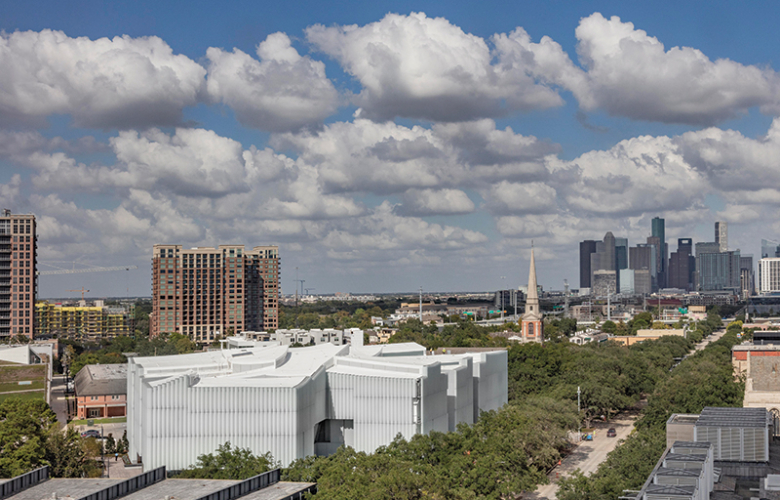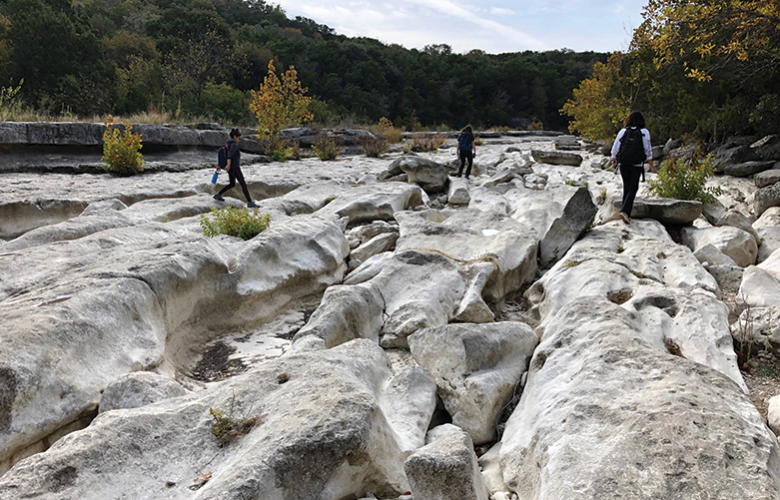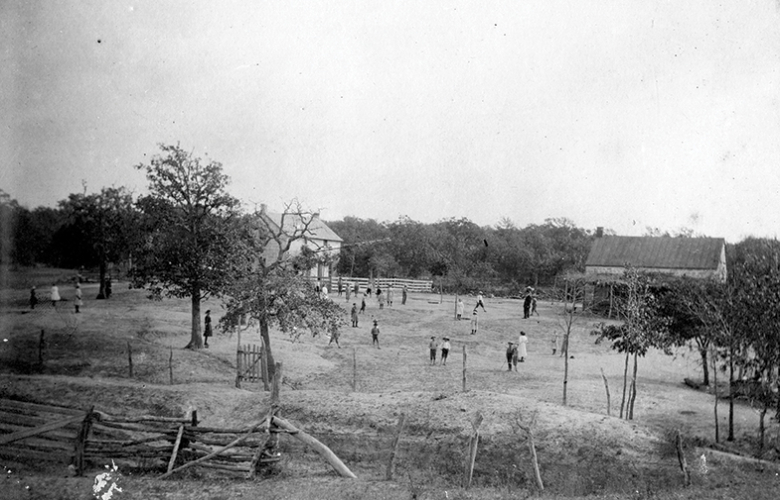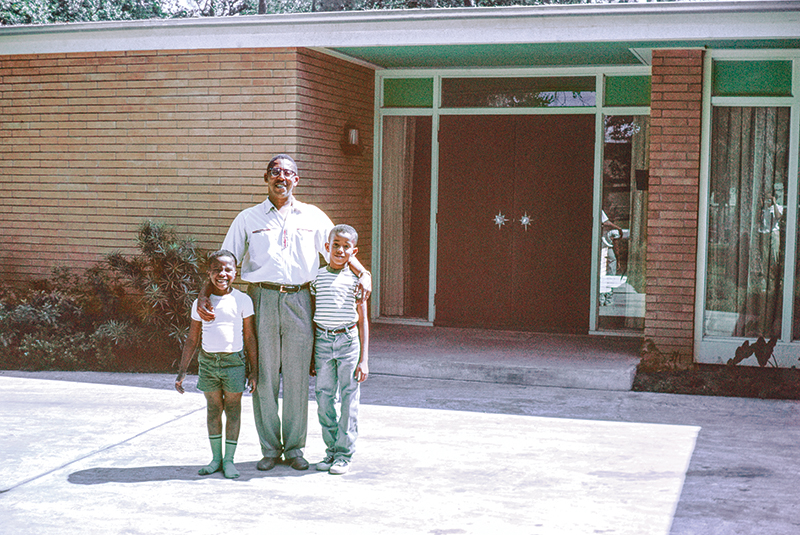Life As Beautiful
John S. Chase – The Chase Residence
David Heymann, FAIA, and Stephen Fox
University of Texas Press, 2020
Some things are more than the sum of their parts, and, sometimes, people defy the challenges of their environment to realize greatness. It is a rare occurrence when such moments align to offer us great masterworks. The new book, “John S. Chase – The Chase Residence,” by University of Texas at Austin School of Architecture (UTSOA) professor David Heymann, FAIA, and historian Stephen Fox, sheds light on just such an event. Heymann’s essay tells the story of the obscure but noteworthy house designed by the architect John S. Chase Jr., FAIA (1925–2012) for his family. The latter chapter by Fox is a brief exposé of the works of the pioneering architect. The book closes by gifting us with a project description that imparts how the book came to fruition.
John Saunders Chase faced substantial obstacles but paved the way for many architects of color. In 1952, Chase was the first Black graduate of UTSOA. After being rejected for employment by architects in the city of Houston, Chase petitioned the Texas Board of Architectural Examiners to permit him to take the registration exam without completing the internship. In 1954, he made history by becoming the first Black architect registered in Texas. In 1977, he also became the first Black architect from Texas inducted into the American Institute of Architects College of Fellows.
Among Chase’s most significant contributions to the architecture profession is his co-founding of the National Organization of Minority Architects (NOMA) along with William M. Brown Jr., Leroy M. Campbell, Wendell Campbell, James C. Dodd, Kenneth B. Groggs, Nelson Harris, Jeh V. Johnson, E.H. McDowell, Robert J. Nash, Harold Williams, and Robert Wilson. The founding of NOMA in 1971 was largely a response to the desperate need for an organization dedicated to the development and advancement of minority architects. Another notable contribution is the Chase Residence in Houston, a family home turned beacon to the community.
The book opens with a photo of the original floor and plot plans from the building permit set (c. 1958). We are then greeted with images of the Chase family and invited into the house he designed for them. In the first photo, Chase stands, smiling joyously, with arms around his two sons, John Jr. and Anthony. In the home’s front window, you can faintly see a reflection of Drucie, his wife, taking their picture. They then change places, with John now shooting the photo of Drucie on the porch of the house as he makes his cameo appearance in the reflection in the entryway’s sidelite.
The Chase residence was completed in 1959 and underwent a major renovation in 1968. Heymann details how the home reveals Chase’s growth as an architect and community leader. The text offers detailed drawings, family photos, and personal stories based on interviews with Chase’s wife and other family members. The book illustrates how the home was similar to other American courtyard residences in the 1950s, while also explaining one of its unique characteristics: The courtyard was used to extend the active social realm. It was intended as a safe place for the Chases’ sons to play, but during social functions, visitors would gravitate toward this space. This prompted the very social Chase family to plan accordingly and transform the courtyard into a double-height atrium. The book also explores the evolution of Chase’s design aesthetic, which, earlier in his career, leaned toward modernism, but later gravitated to a more Usonian style. Fox then presents the historical and cultural context of Chase’s work.
This is the first book to focus on Chase’s work. It paints a wonderful picture of his career. The anecdotes that fill this book provide insight into the architect’s life and place him alongside his contemporaries. Heymann writes about Chase’s involvement in the Houston community and how the family became a fixture in prominent social circles. His rich network in the religious community led to commissions to design scores of religious spaces throughout his early practice. The family also regularly hosted politicians, community leaders, and neighbors in gatherings at the house. During that time, Chase also designed a variety of building types for the Black community. As the 1970s approached, his range of business expanded. He began receiving government contracts and commissions.
The home as a site where events of historical significance occurred should not be understated. The stairs, which were part of the 1968 renovation, have been used as a stage from which the Chases’ prominent guests have given speeches and made announcements up to the present day. In 2005, Drucie invited two young architects, Anzilla Gilmore and A’Bria Fowler, to a gathering at the Chase residence; it was on the stair landing that the founding of the Houston chapter of NOMA was announced.
In his later years, Chase wanted to return the home to its original 1959 courtyard configuration. The space afforded to the home by the addition of the atrium and second level was no longer necessary, as he and Drucie were now empty-nesters and had also begun splitting their time between the Houston home and their house in Galveston. However, the plans to update the house did not materialize.
Chase passed away in 2012 after a prolific career and 62 years of marriage. Drucie lived in the house until her recent passing on January 19, 2021. In closing his portion of the book, Heymann remarks on how Frank Lloyd Wright’s account of the Usonian house is an appropriate description of Chase’s home:
Here the original comes back to say hello to you afresh and to see if you recognize it for what it was and still is — a home for our people in the spirit in which democracy was conceived: the individual integrated and free in an environment of his own, appropriate to his circumstances — a life as beautiful as you can make it — with her of course.
In the essay by Fox, we learn the context in which Chase’s life and illustrious career developed. Without being incendiary or distracting from the focus on the book, Fox sets the stage to help readers understand the southern United States during those years. To illustrate just how bad it was for minorities, he compares American social conditions with those of Matamoros, Mexico — a town less than half a mile from the Texas border — where racial discrimination was not institutionalized. Fox also addresses some of the impact that exclusionary practices in the United States had on minority professionals like Chase — such as the fact that not even progressive architects in Houston would hire him after college for fear that his presence would negatively affect their businesses.
I appreciate the step that the authors took with this book. It is important that people use their platforms to tell as much of the truth as can be uttered. There are too few stories of the successes of people of color in white-dominated arenas. The telling of these stories can help change tokens to trailblazers. Historical truth can aid in fostering a more diverse and representative tomorrow in architecture. This book is a fine step in the right direction. It is to be hoped that, as time passes, we’ll see more and more of these accounts, told by a variety of writers from different backgrounds.
Darin Triplett, AIA, is a project manager at StreetLights Residential in Dallas.
Also from this issue








